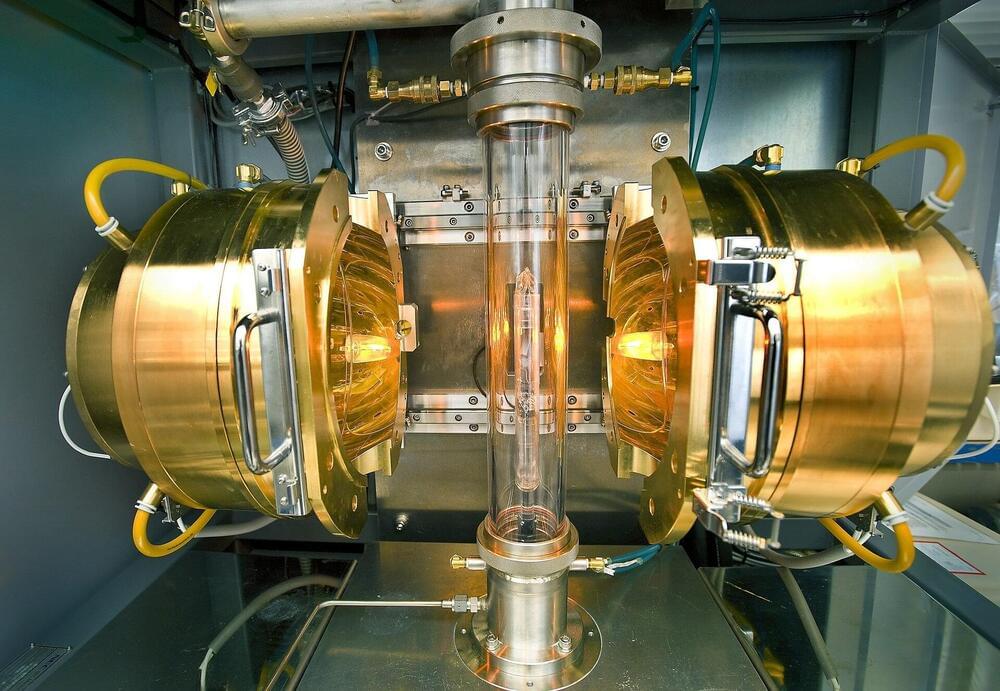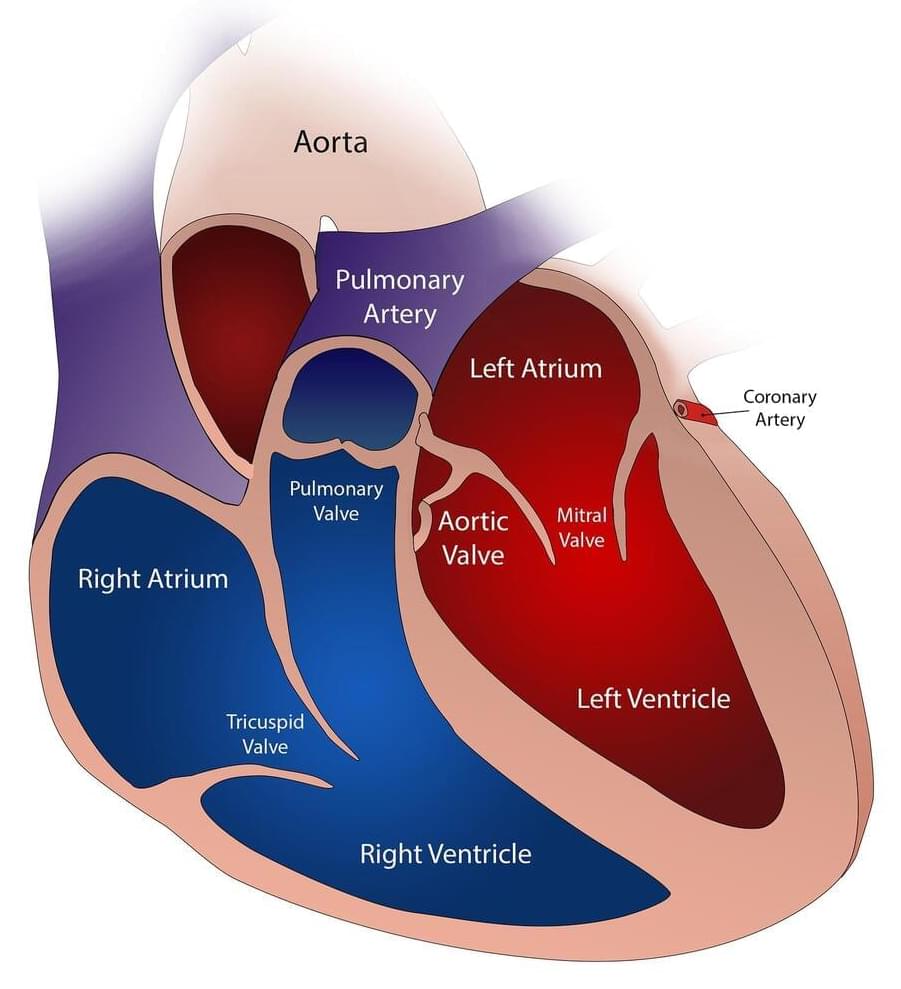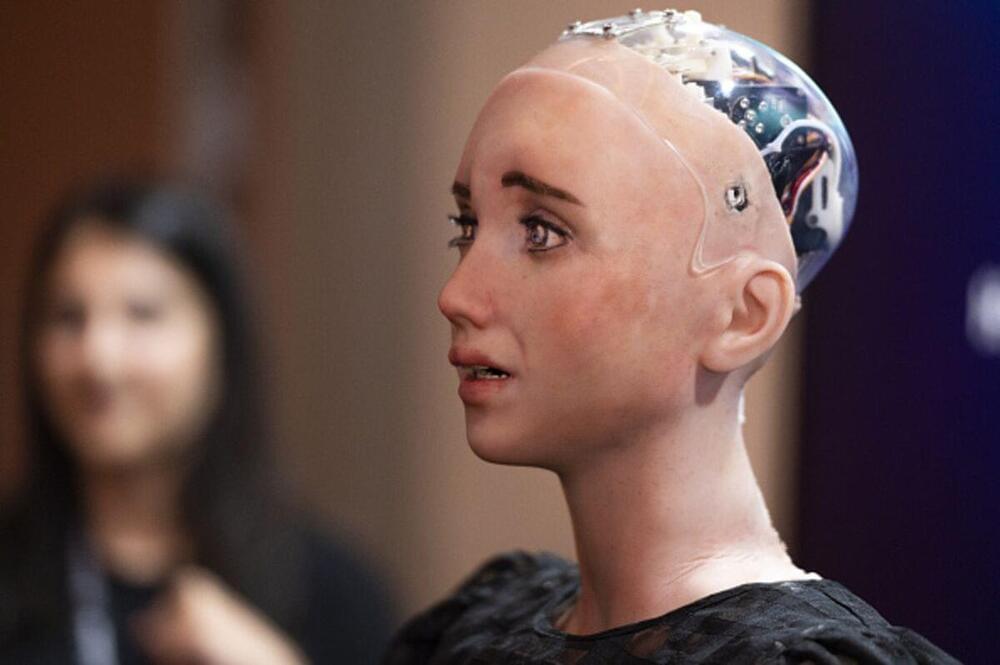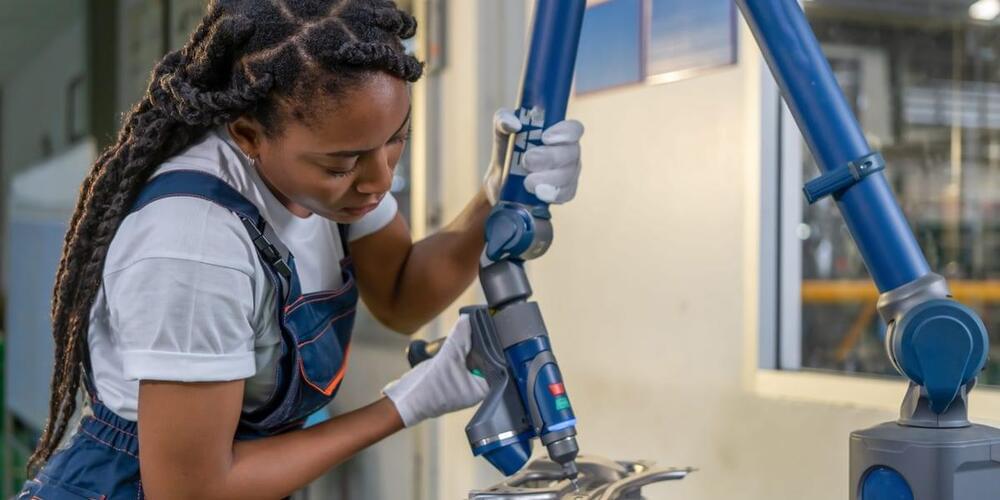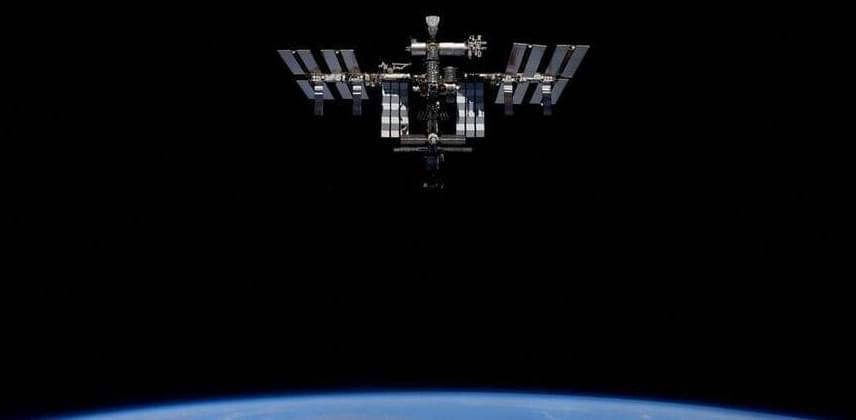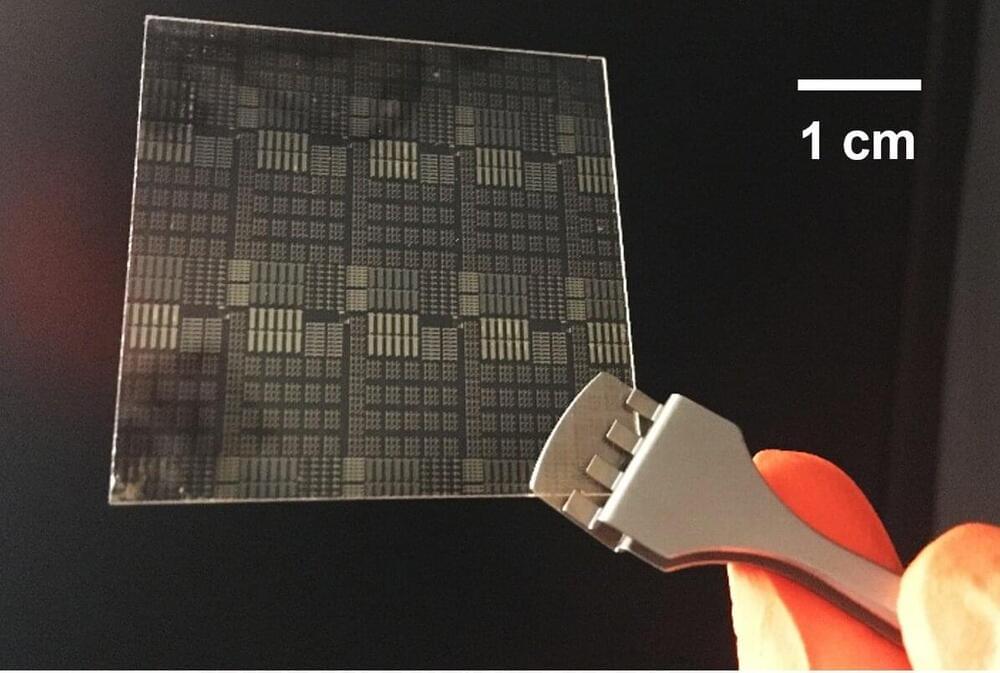Under certain conditions—usually exceedingly cold ones—some materials shift their structure to unlock new, superconducting behavior. This structural shift is known as a “nematic transition,” and physicists suspect that it offers a new way to drive materials into a superconducting state where electrons can flow entirely friction-free.
But what exactly drives this transition in the first place? The answer could help scientists improve existing superconductors and discover new ones.
Now, MIT physicists have identified the key to how one class of superconductors undergoes a nematic transition, and it’s in surprising contrast to what many scientists had assumed.
